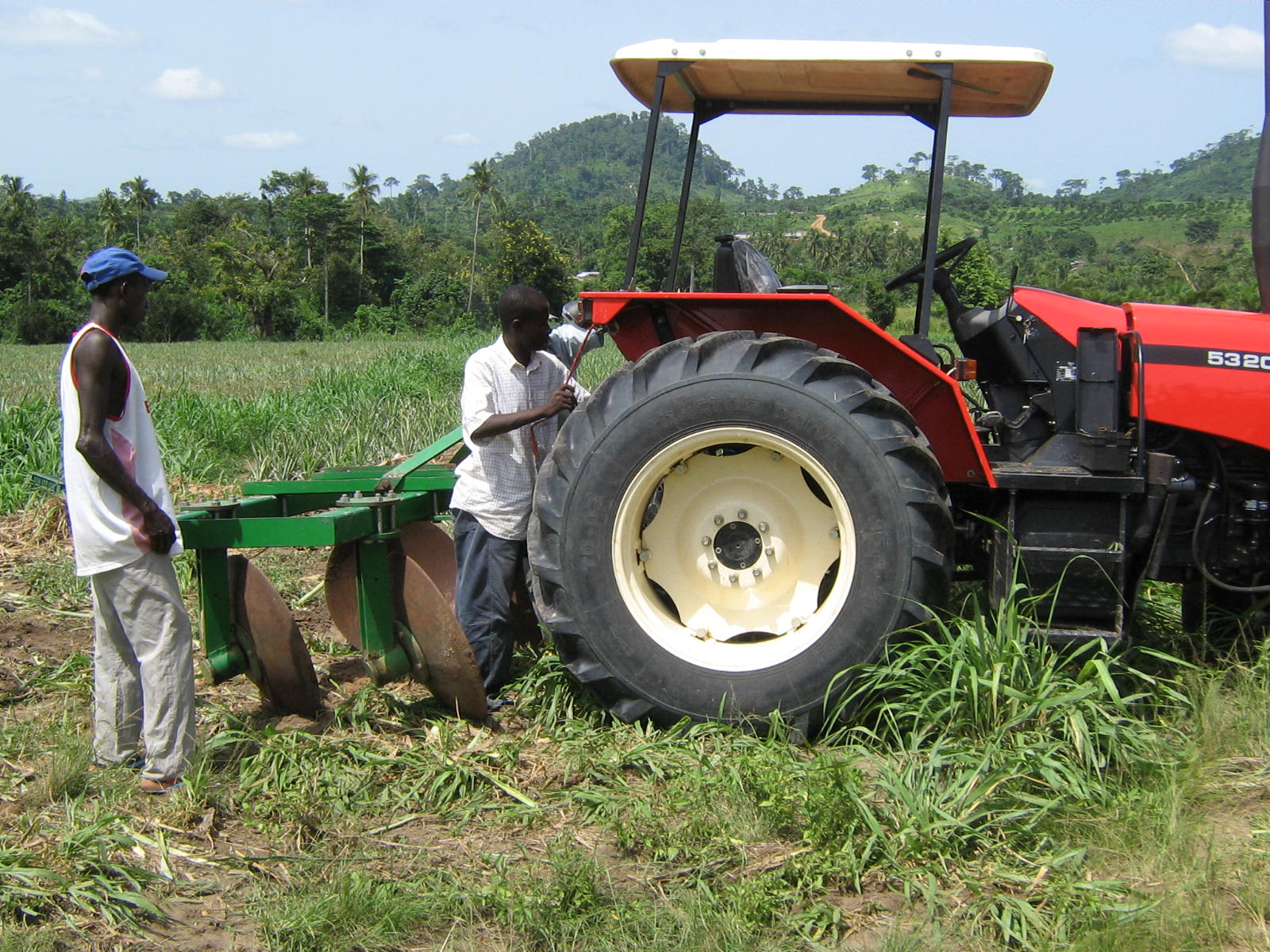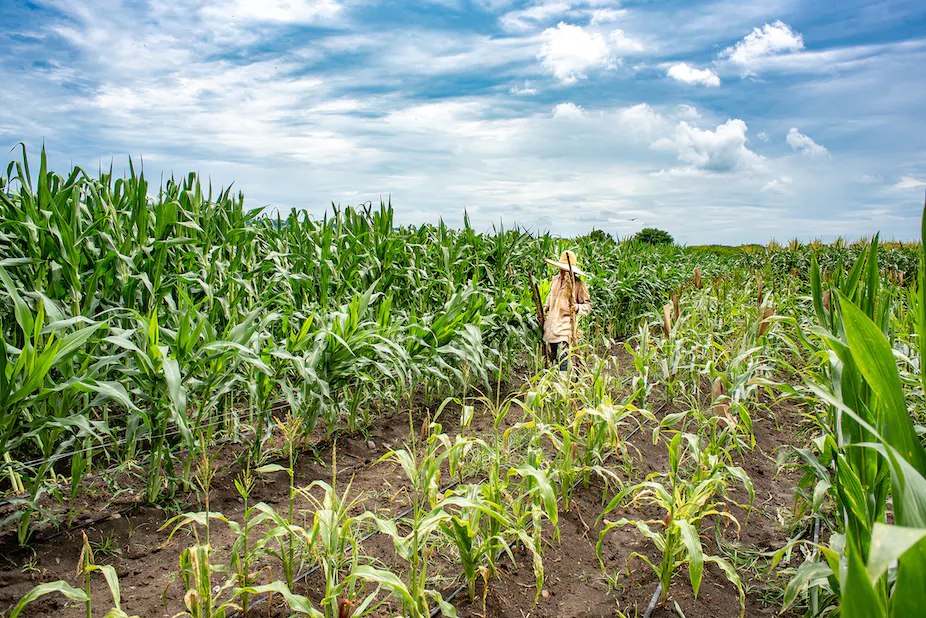
Assessing the potential of ICT to increase land and labour productivity in agriculture: Global and regional perspectives
This study examines the role of digital technologies in promoting agricultural growth globally and within the different sub-regions of the world.











